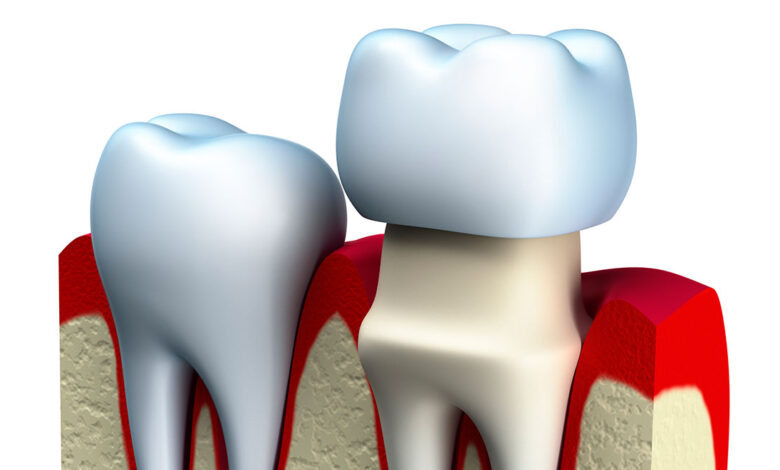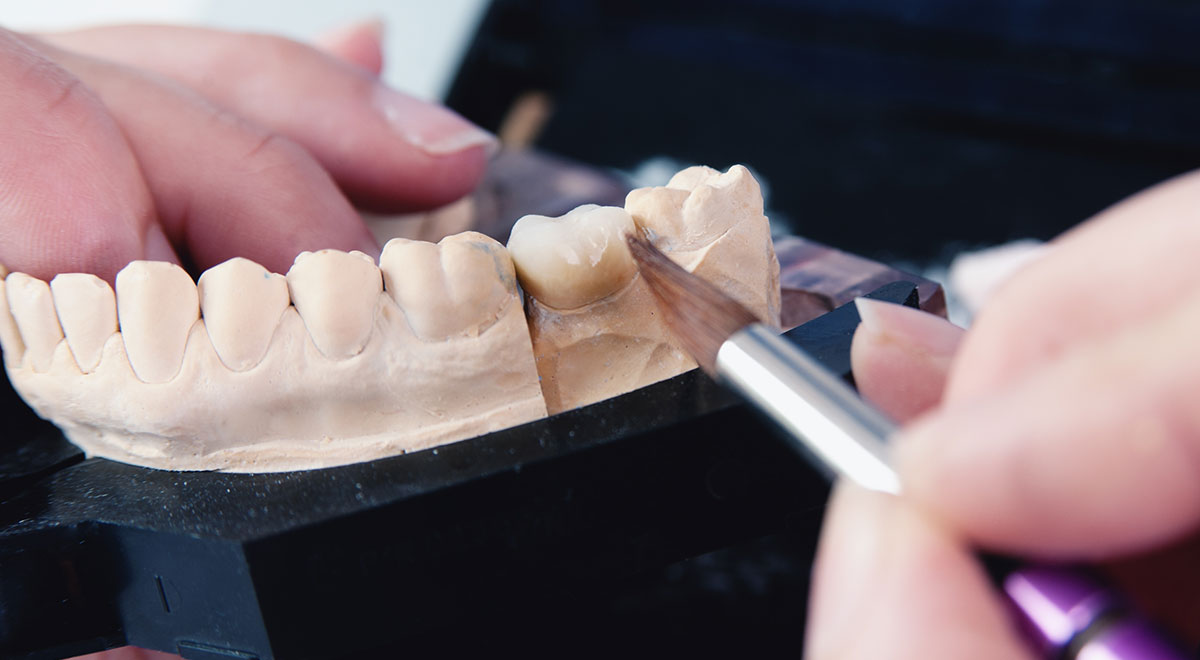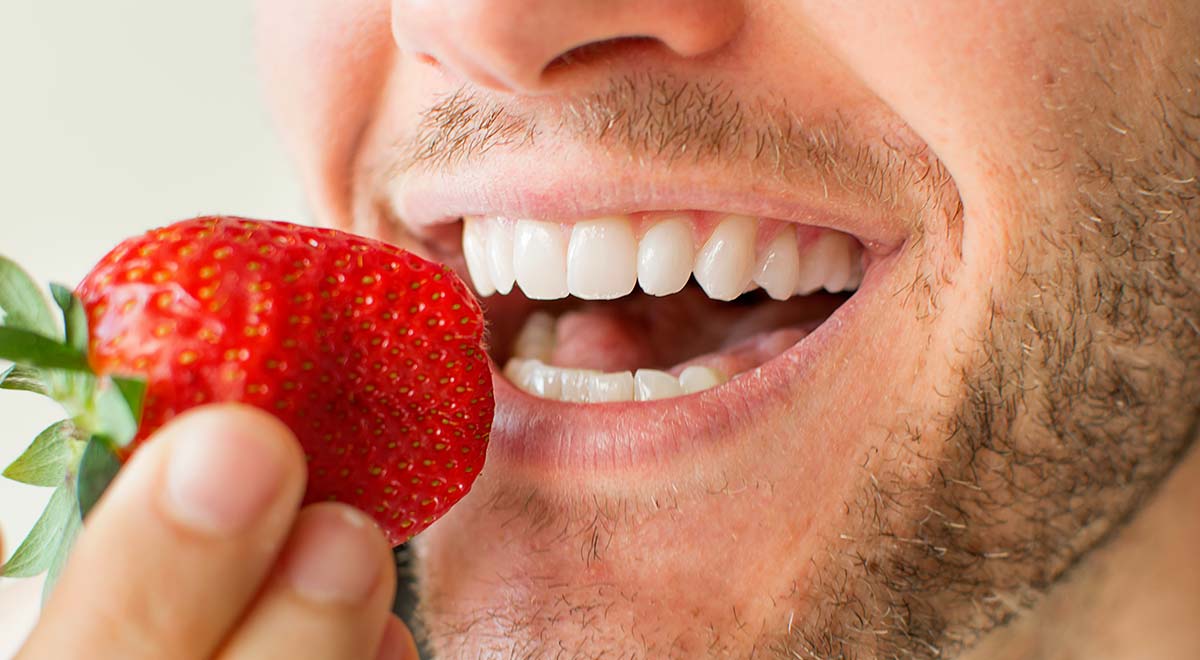What To Expect From A Dental Crown Procedure

A dental crown is essentially a tooth-like cap that is placed over the affected tooth to repair its function and restore its aesthetic beauty. It is typically recommended as a treatment option to save and restore the function of a tooth that has been worn down or damaged by disease or injury. Crown placement involves at least two dental visits and a major restorative dental crown procedure. Besides repairing damaged teeth, a dental crown procedure can also be used as support for dental bridges and in conjunction with dental implants to restore the function and beauty of your teeth. A dental crown may also be placed on a damaged tooth following a root canal procedure to act as a permanent cap for the treated tooth.

At Quality Dental the crowns are made at the practice which if the treatment is a single unit takes approximately one hour. However the crown process can be spread over one or more visits if multiple crowns are required. The first step involves preparing the tooth, taking an impression and possibly placing temporary crowns. A temporary crown is placed as a protective cover for your prepared tooth while you wait for the permanent crown to be made. The dentist will test-fit the new permanent crown, make final adjustments and cement the crown into position.
Tooth preparation involves numbing and shaping the tooth. The process of anaesthetizing both the tooth and gum tissue is to ensure a more comfortable procedure for the patient. The tooth accepting the crown would need to be trimmed into a specific shape so that the crown may fit snugly over it. The shape is what gives the crown its retentive strength and stability.

The dentist will take an impression of your tooth using a putty-like impression material. The thick putty will be squirted around the tooth while a tray filled with more of the impression material is placed over the tooth and allowed to sit for a few minutes. An impression of the jaw in which the prepared tooth is, as well as that of opposing teeth will be taken to provide a bite registration. The impression will be used to create a mould to fabricate the crown.
With porcelain crowns, the dentist will be able to select a shade that closely matches the shade of the crowned tooth’s neighbouring teeth, such that they blend seamlessly.
The final fitting of the crown is an important step. Before your dentist seats the crown on your tooth, they must evaluate the fit and appearance of the crown, making sure that it fits well and looks right. The test-fitting process may be repeated several times until your dentist is satisfied with the way the crown is positioned in relation to its opposing and neighbouring teeth.

After the procedure, you may need to take it slow using your newly crowned tooth. Depending on the type of cement used, an adequate curing period is normally required. You can generally gently “test out” your tooth about 24 hours after the dental crown procedure. Try out the different bite movements. If anything seems amiss, contact your dentist to correct the issue as soon as possible.